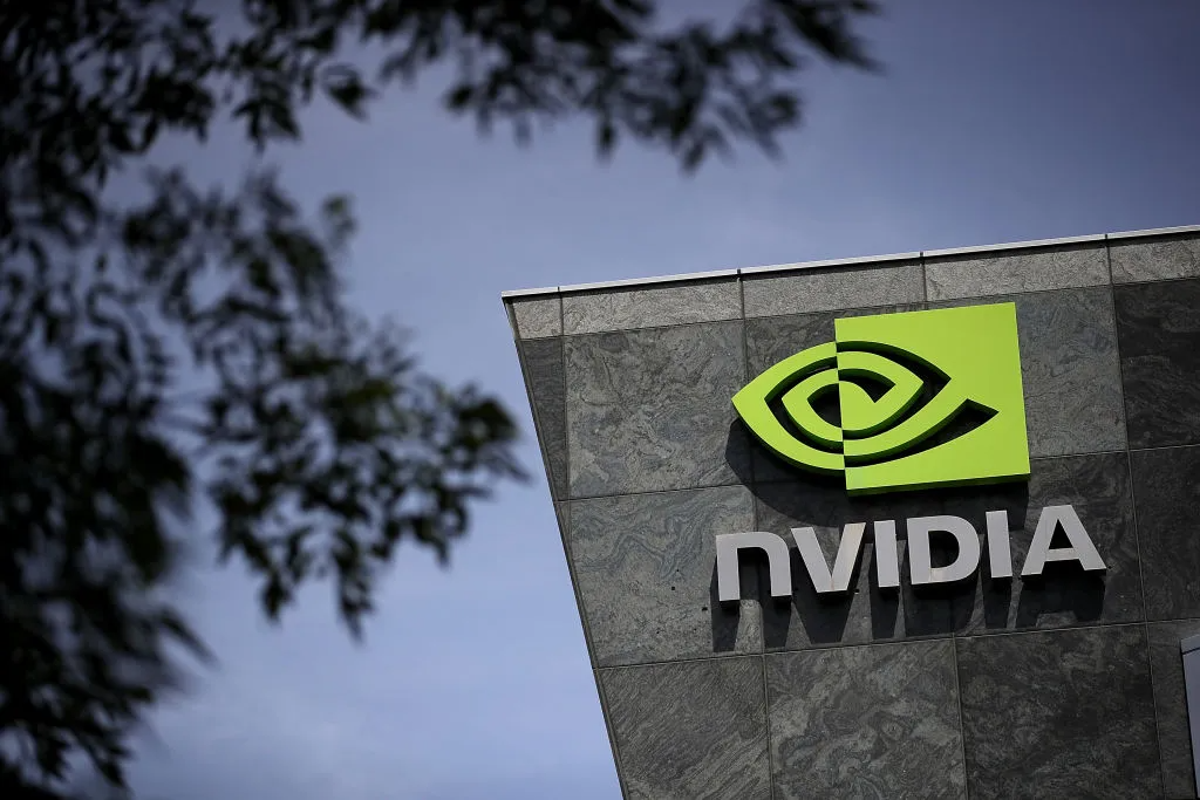By Joe McKendrick,Senior Contributor
Copyright forbes

AI needs leadership
We know artificial intelligence is the subject du jour, and everyone is being told to embrace it.
But embrace it how? What do leaders really need to understand about AI?
Two leading data scientists – Anthony Scriffignano, distinguished fellow at The Stimson Center and former chief scientist at Dun & Bradstreet, and Inderpal Bhandari, founder of Virtual Gold and former global chief data officer at IBM – have some ideas on what leaders need to prioritize as they sort through the opportunities and risks of AI.
Appearing on Michael Krigsman’s CXOTalk webcast, they urged business leaders to look past the hype and hysteria and take an informed, measured approach to AI.
Here are some of their pointers:
Give AI more than lip service. It’s more than simply saying “genAI” in response to every question, more than a matter of “just say it enough times and you’ll sound like you’re doing it,” said Scriffignano. “Our challenge as leaders is to not just talk about it, but to understand how the skills that got us to where we are today are different than the skills we’re going to need going forward when everything is ubiquitous and discoverable.”
Look at the personal productivity benefits for executive-level tasks. For starters, on a personal productivity level, executives need to look at AI as an assistant to their decision-making. “An assistant that’s going to come up with ideas based on hidden patterns and data, but something also creative,” Bhandari said.
Look at the context of your industry. On a corporate level, leaders need to understand how investing in AI – the right kind of AI – can be a tricky proposition, especially since so much corporate money is on the line. “It very much depends on your industry, how mature your industry is,” said Scriffignano. “If you’re in a nascent industry, creating your own market, then absolutely it’s a great opportunity to ride the wave. But if you’re in a really mature industry where the opportunity cost of sitting out in the wrong direction, some of these genAI initiatives can be extremely expensive, especially long term.”
The expenses may add up “if you introduce something like this to your customers, they fall in love with it, and then you can’t maintain it,” Scriffignano added. “You have to think about where you are with respect to the pack, what the cost, the opportunity cost, the cost of doing nothing is, and also the level of disruption in your industry and how mature it is. Those are some of the drivers that I would think about.”
Along with the touted benefits, they have to weigh the risks of AI – “misuse, misappropriation, misapplication, misrepresentation, and my favorite one, misadventure,” Scriffignano said.
Look beyond traditional ROI. The return on investment for AI – a tricky subject – is another concern that leaders need to address head-on. ROI is “the way business is structured today – it’s all about return,” said Bhandari. “The deeper question is, given that we have these kinds of disruptive technology as we do today, which are going to change the nature of work and the nature of companies, where should things evolve to so that you then have metrics that perhaps go beyond the ROI?”
The challenge is, “just as a practical matter, if a CEO comes to the board and says, ‘hey, I’m now going to be thinking about how to improve the world as opposed to my share price,’ I don’t think it’ll be a long discussion,” Bhandari said.
Just as important is “to think about the cost of not doing anything as well,” Scriffignano added. “The cost of not taking some of these initiatives is much harder to measure. How do you measure marginalization? How do you measure your competitive moat getting smaller? How do you measure becoming increasingly irrelevant? Those are not things that we have established calculations for. We need to think a lot more about opportunity cost and marginalization and those sort of soft things that are hard to measure.”
Ease employee concerns. Finally, easing employee concerns about AI is another crucial aspect of leaders’ jobs. “Part of this is addressing the elephant in the room, right?” said Scriffignano. “If a massive change like this comes about, you don’t just put your head down and hope nobody will notice, right? You bring people together, you talk to them, you say out loud what they might be thinking.”
Talk to employees “about how this allows us to free up your time, to do something we really need to do, that we can’t afford to hire somebody else to do right now,” Scriffignano illustrated. “Let’s talk about how we can bigify your job. Let’s talk about how we can address some of those known unmet needs of our customers where some of the unknown unmet needs.”
Editorial StandardsReprints & Permissions



